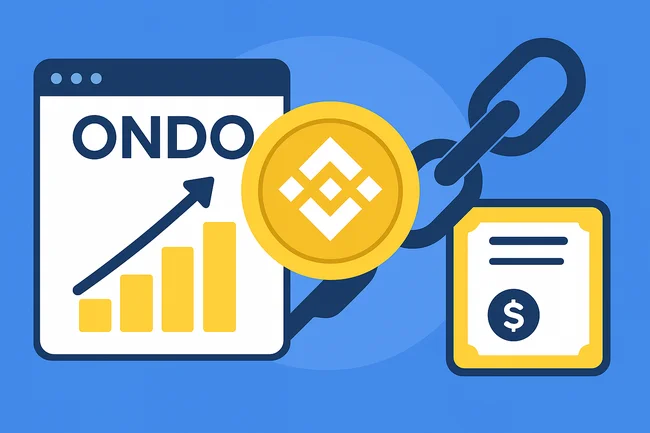Lightweight Layer Scaling refers to methods that enhance the processing capacity and efficiency of blockchain networks without needing to change the underlying blockchain protocol significantly. The goal is to improve transaction speed and reduce costs while maintaining decentralization and security.This approach often involves the use of secondary layers, which operate alongside the main blockchain. These layers can handle transactions off-chain or in smaller batches before settling results on the main chain. This reduces congestion on the main blockchain, allowing it to function more effectively.An example of this is the implementation of sidechains or state channels, where transactions are conducted away from the main chain and only the final results are recorded. This method allows for quicker transactions and lowers gas fees, making the network more user-friendly. Overall, Lightweight Layer Scaling aims to optimize the blockchain experience by addressing common issues like slow transaction times and high fees, enabling wider adoption and usability without compromising the integrity of the main blockchain.

Ondo Global Markets Expands Tokenized Stock Platform to BNB Chain
Ondo Global Markets, a tokenized stock and exchange-traded fund (ETF) platform, has expanded its operations to BNB Chain, one of



